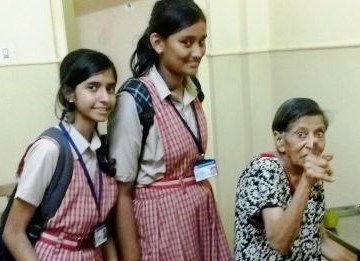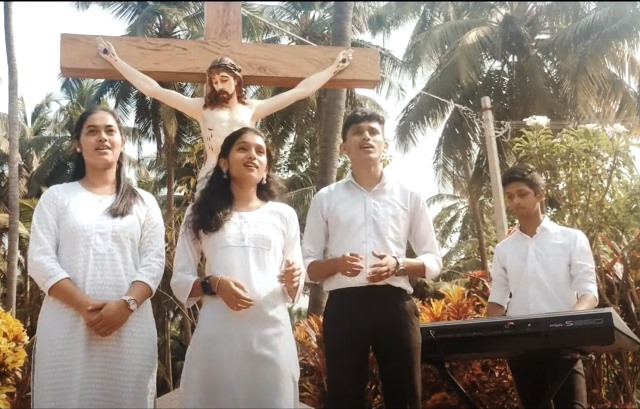The story of an unusual social group
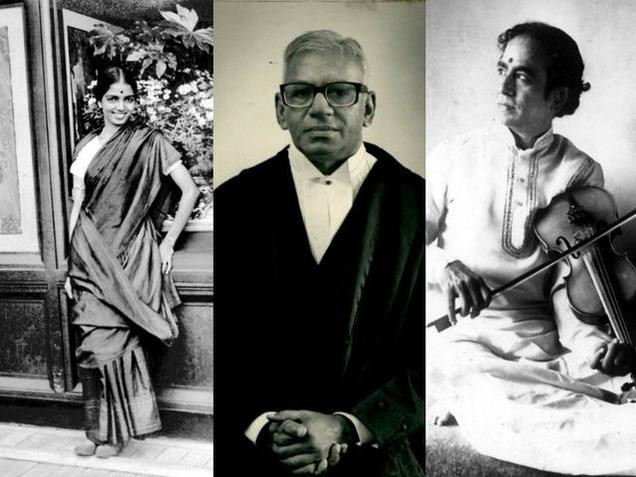
Tamil Brahmans dominated administration, law, and the cultural sphere. Pictures show Rukmini Devi Arundale, the founder of Kalakshetra; Justice Krishna Iyer; violinist Lalgudi Jayaraman. Photo: The Hindu Archives and Wikimedia commons
U.R. Ananthamurthy, in his award-winning novel Samskara: A Rite for a Dead Man, deals with a tricky question: “Who is a real Brahman?” In a crumbling agraharam, or exclusive Brahman quarter, in the event of the death of a non-conformist, Naranappa, is the real Brahman the one who follows shastra and cremates Naranappa’s body or the one who refuses to do so, for the person in question is not considered one of their own? Samskara was explosive in the 1960s not only because it was perceived as anti-casteist, but also because it showed how tradition can be not just confusing, but also stifling at times.
 Radhika Santhanam
Radhika SanthanamWhen C.J. Fuller and Haripriya Narasimhan interview Brahmans who have moved from rural areas to urban areas in Tamil Nadu, for their book Tamil Brahmans: The Making of a Middle-Class Caste (The University of Chicago Press), they encounter rather similar people. Suffocated by tradition but not willing to let go of it either, these Brahmans try to do a tightrope walk: remain traditional and yet modern, remain a distinct caste but also a middle-class community, and remain progressive even while harbouring prejudices and a sense of superiority. These contradictions, Brahmans’ clever marriage of caste with class, their history during the colonial and postcolonial periods, and the massive changes that the community has undergone in the last century, are all neatly tied together in a well-written, comprehensive work.
However, the community’s balancing act does not involve harmonising the rural and the urban. In other words, most Brahmans who have moved from a traditional, agrarian rural set-up to urban areas have, over the years, pulled away completely from their roots. This steady mass movement was triggered by both ‘push’ and ‘pull’ factors: disinterest in their and and their falling position in rural society, and an abundance of educational and employment opportunities in the city. The community itself is small (around 1.4 million in Tamil Nadu), but its migration transformed not only its own sense of identity but also the State’s cultural, political and social fabric.
Migration

Brahmans are traditionally known as a priestly class, but a majority of them have never been priests and the few that are belong to the lower middle class or lower class of society. They were land owners who moved to towns and cities starting from the mid-19th century, for white collar jobs. Even as landowners, they never did manual work, refusing to get their hands dirty in the fields, so their move to jobs that involved intellectual labour was not surprising. Given that they were historically privileged by caste, they dominated law, academia and the government, but this rapidly waned to such an extent that even those Brahmans in Tamil Nadu politics now — a minuscule number — prefer to hide their identity rather than flaunt it. There were also other changes: sartorially, for instance, following the wrath of the members of the Self-Respect movement under Periyar, they quickly changed from their traditional panchakacham to wearing shirts and trousers that covered their sacred thread, and cut their hair, while women gradually stopped wearing nine-yard sarees. They now wear the six-yard saree; the younger generation is more comfortable in the salwar kameez.
When they moved to the cities, middle class lifestyle, especially post-liberalisation, acquired a hegemonic role, as it was closely tied with modernity. Among Brahmans, this was seen in many areas. Gender relations changed. Child marriage was rampant earlier and the complete breakaway from this regressive practice to giving women almost an equal status through education was a remarkable change. In fact, education itself was the most prominent marker of middle class status. Earlier Tamil Brahmans gave importance to job security, and bureaucracy was highly respected. But the next generation came to see the private sector — with its high salaries, quick promotions, and equal relationships — as rosier compared to the government, which it sees as highly politicised, often corrupt, conservative, and hierarchical. The IT industry, given a lot of space in the book, was especially sought after. As the reservations quota steadily grew in Tamil Nadu, shrinking rapidly the space for the upper caste in education, Brahman parents brought up their children asking them to emphasise on hard work, constantly stressing that the political climate was not exactly in their favour. Many members of the community went abroad to study.

The authors repeatedly attempt to break stereotypes, an important one being Brahmans’ own idea that their success is somehow related to an innate sense of intellectual superiority — “Sometimes parents tell their children stories about[Srinivasa] Ramanajun, as if his mathematical brilliance was the hereditary birthright of all Tamil Brahmans,” they joke. They point out that social and economic reasons helped the community dominate colonial administration and law, not the qualities of geniuses.
Besides being known as an educated, middle-class caste that gives a lot of importance to English, Brahmans’ prominence in the cultural sphere via-a-vis Carnatic music and to a small extent, Bharatanatyam, is also explored. For the Brahmans, middle class values also include an interest in the arts, and children have always been persuaded to learn either or both art forms as a marker of social status.
The importance of privilege

Tamil Brahmans is an important and original book, for it shows the remarkable transformation of a small but power-wielding community. It shows past systems of oppression, often from the eyes of the oppressor, and how these systems were sought to be broken down by political and social movements. It most crucially points to how the community’s success at every stage was and is not because of some exceptional qualities that it posesses — although it has the reputation of being hard-working — but to the advantages bestowed upon it earlier in history. It also shows how caste and class merge to produce new forms of dominance and how “the Brahmans’ economic position and social status became more and more determined by their capacity to sustain and reproduce themselves as middle class, and less by the persistence of caste privilege itself.”
The problem, however, lies in what the authors themselves honestly state: although an ethnographic work, the book relies heavily on scholarship of other authors, has little data on the white-collar lower middle class, on poor Brahmans who are still found in the villages. Importantly, it also has little on non-Brahmans’ perception of Brahmans, risking criticism that this is a Brahmnocentric viewpoint. It is surprising that the authors refer only occasionally to the Self-Respect movement— caste and politics enjoy a nexus in Tamil Nadu and the transformation of the Tamil Brahmans is largely due to the success of the movement.
Insider and outsider
But Fuller and Narasimhan — man-woman, outsider-insider, and Westerner-Indian — bring both perspectives to the book. There are enduring bits where it is evident that Narasimhan’s own growing up in Chennai has contributed to her understanding of the community. For instance, the observation that some Brahmans eat non-veg food outside their homes even if they won’t admit it to their families. This is a huge change for a community that relied so heavily on vegetarianism to underline its “purity”. Or the fact that they don’t eat egg at home but eat cake outside; they want to celebrate golu in the traditional style, but frown upon how the dolls have changed since non-Brahmans also started celebrating the festival, or how they follow the “Don’t ask, don’t tell” policy with regard to drinking. The earlier mentioned amusement at the community’s adoration of Ramanujan, the reliance on older scholastic work on caste, and the distance from the community itself, essential for any ethnographic study, come from an outsider. In other words, every line is worded carefully, to ensure that the work is as objective as possible.
Tamil Brahmans is an essential read for all those who wish to understand how the concepts of both class and caste have changed. And for the community itself, an “unusual social group”, as Fuller and Narasimhan refer to them, this book will help them learn and reflect upon their achievements, gain a wider perspective of their history, and smile knowingly at the descriptions of their present lives. And to answer the question in Samskara: There is no “real” Brahman after all.
(radhika.s@thehindu.co.in)
Please note that under 66A of the IT Act, sending offensive or menacing messages through electronic communication service and sending false messages to cheat, mislead or deceive people or to cause annoyance to them is punishable. It is obligatory on kemmannu.com to provide the IP address and other details of senders of such comments, to the authority concerned upon request. Hence, sending offensive comments using kemmannu.com will be purely at your own risk, and in no way will Kemmannu.com be held responsible.
Similarly, Kemmannu.com reserves the right to edit / block / delete the messages without notice any content received from readers.
Rozaricho Gaanch April, 2024 - Ester issue
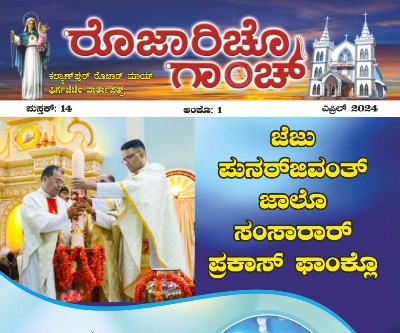
Final Journey Of Theresa D’Souza (79 years) | LIVE From Kemmannu | Udupi |
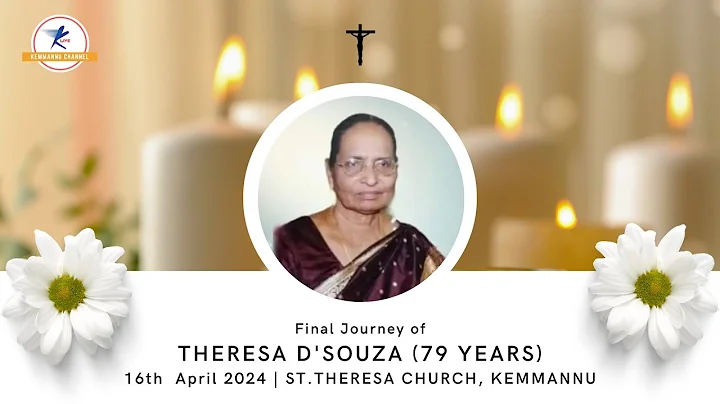
Invest Smart and Earn Big!
Creating a World of Peaceful Stay!
For the Future Perfect Life that you Deserve! Contact : Rohan Corporation, Mangalore.
Final Journey Of Joe Victor Lewis (46 years) | LIVE From Kemmannu | Organ Donor | Udupi |
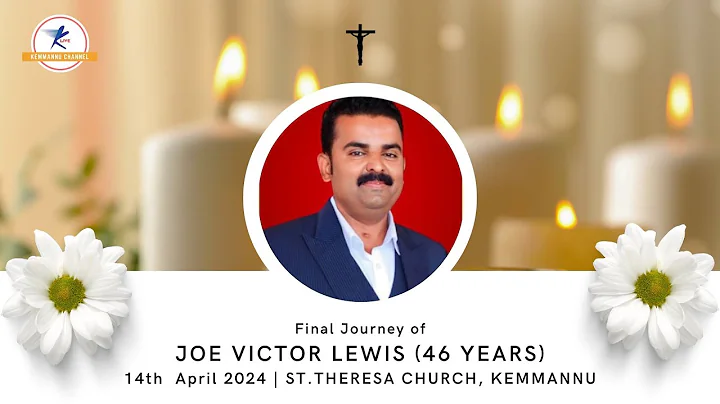
Milagres Cathedral, Kallianpur, Udupi - Parish Bulletin - Feb 2024 Issue
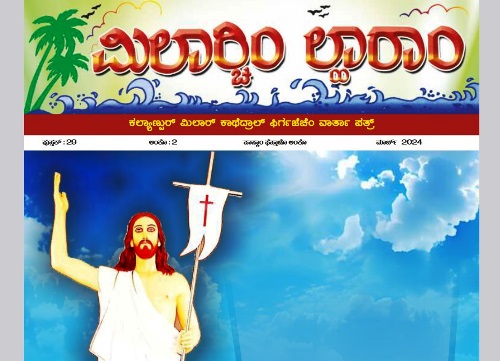
Easter Vigil 2024 | Holy Saturday | St. Theresa’s Church, Kemmannu, Udupi | LIVE
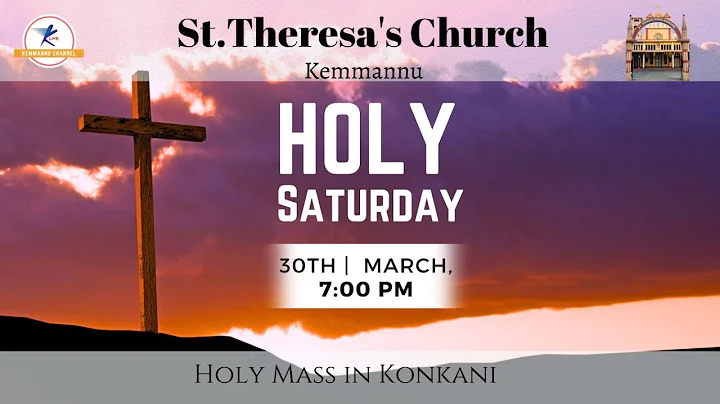
Way Of Cross on Good Friday 2024 | Live From | St. Theresa’s Church, Kemmannu, Udupi | LIVE
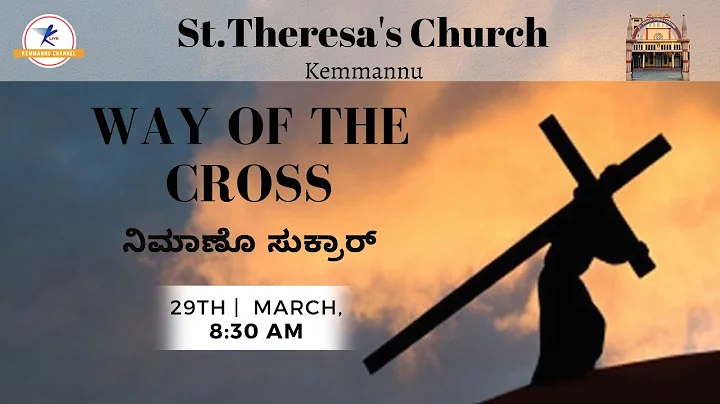
Good Friday 2024 | St. Theresa’s Church, Kemmannu | LIVE | Udupi
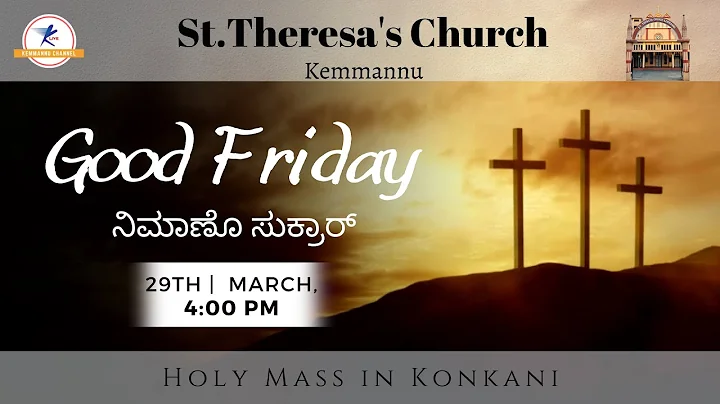
2 BHK Flat for sale on the 6th floor of Eden Heritage, Santhekatte, Kallianpur, Udupi
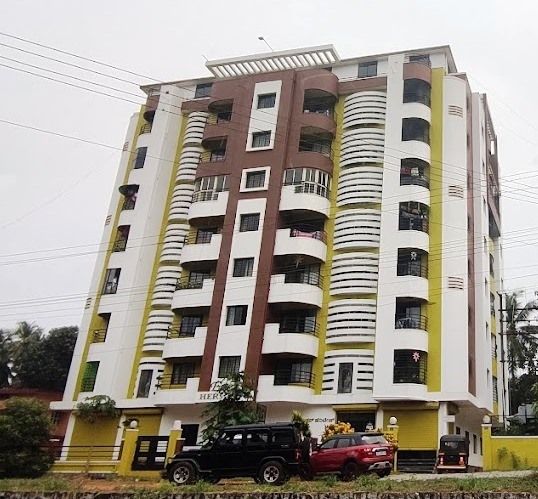
Maundy Thursday 2024 | LIVE From St. Theresa’s Church, Kemmannu | Udupi |
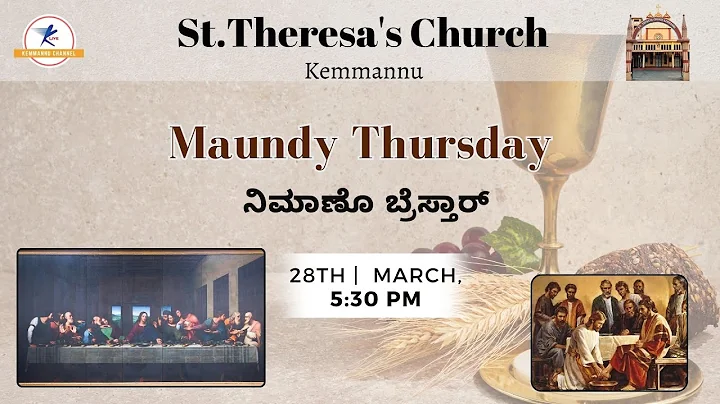
Kemmennu for sale 1 BHK 628 sqft, Air Conditioned flat

Symphony98 Releases Soul-Stirring Rendition of Lenten Hymn "Khursa Thain"
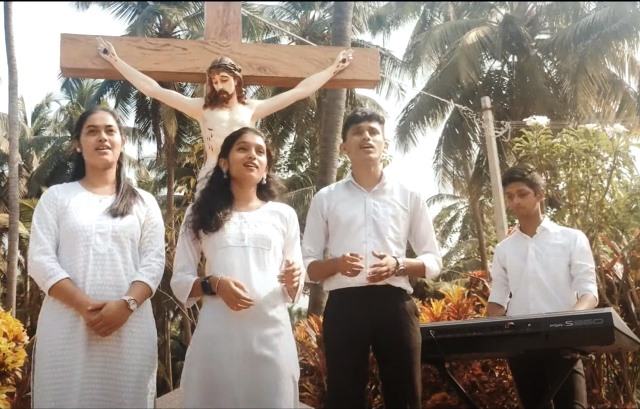
Palm Sunday 2024 at St. Theresa’s Church, Kemmannu | LIVE
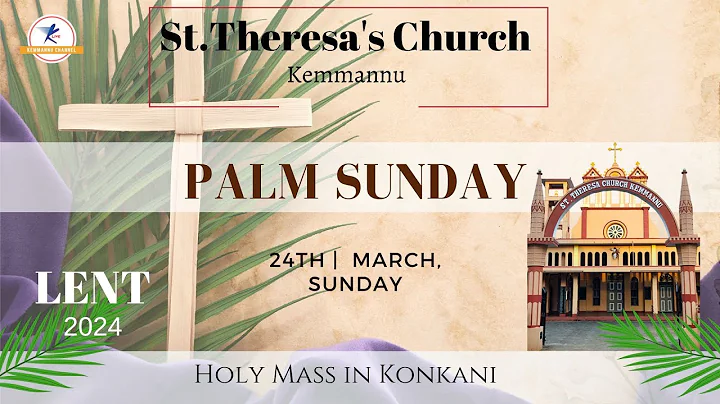
Final Journey of Patrick Oliveira (83 years) || LIVE From Kemmannu
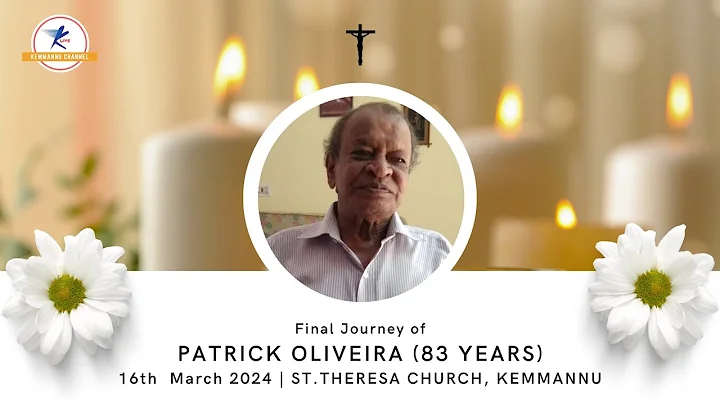
Carmel School Science Exhibition Day || Kmmannu Channel

Final Journey of Prakash Crasta | LIVE From Kemmannu || Kemmannu Channel
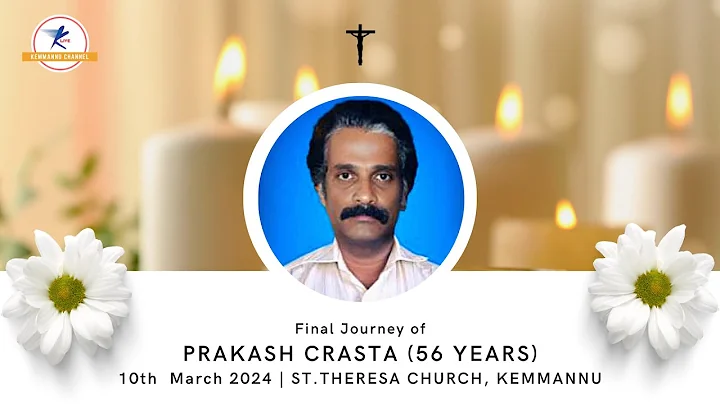
ಪ್ರಗತಿ ಮಹಿಳಾ ಮಹಾ ಸಂಘ | ಸ್ತ್ರೀಯಾಂಚ್ಯಾ ದಿಸಾಚೊ ಸಂಭ್ರಮ್ 2024 || ಸಾಸ್ತಾನ್ ಘಟಕ್
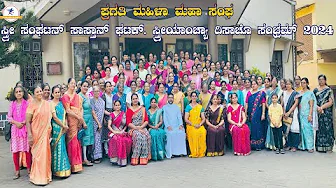
Valentine’s Day Special❤️||Multi-lingual Covers || Symphony98 From Kemmannu

Rozaricho Gaanch December 2023 issue, Mount Rosary Church Santhekatte Kallianpur, Udupi
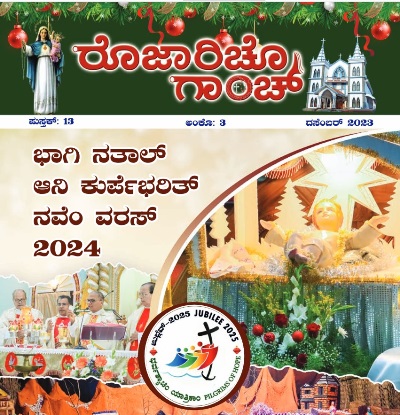
An Ernest Appeal From Milagres Cathedral, Kallianpur, Diocese of Udupi
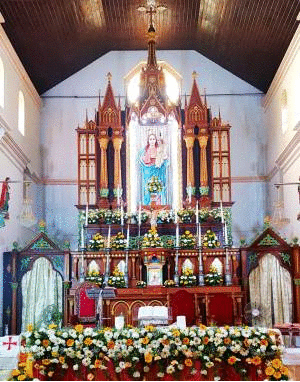
Diocese of Udupi - Uzvd Decennial Special Issue
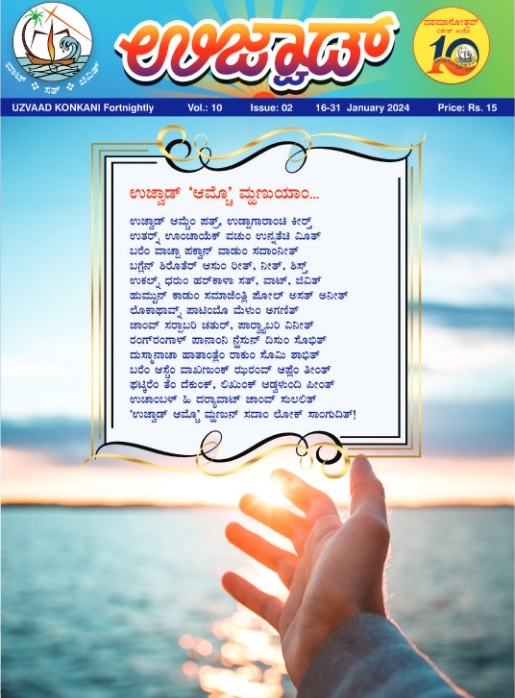
Final Journey Of Canute Pinto (52 years) | LIVE From Mount Rosary Church | Kallianpura | Udupi
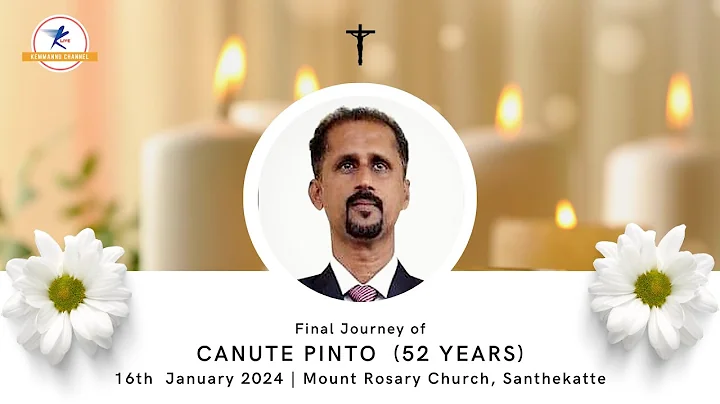
Earth Angels Anniversary | Comedy Show 2024 | Live From St. Theresa’s Church | Kemmannu | Udupi
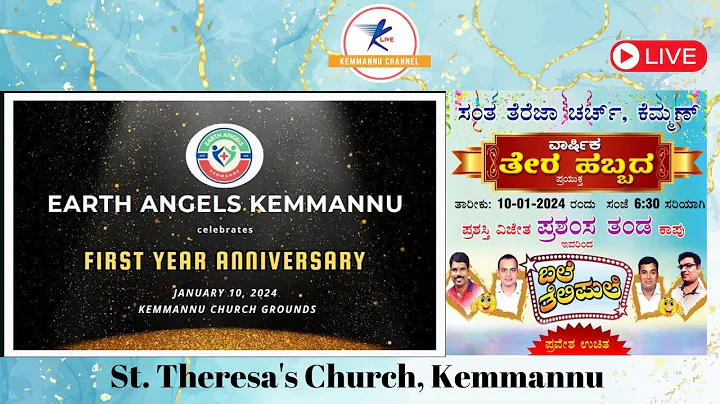
Confraternity Sunday | St. Theresa’s Church, Kemmannu
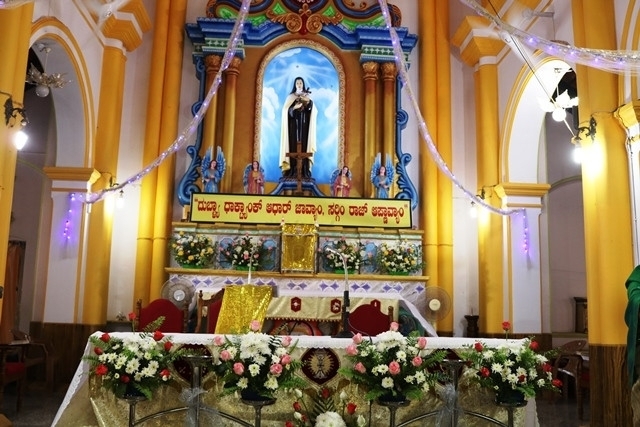
Kemmannu Cricket Match 2024 | LIVE from Kemmannu
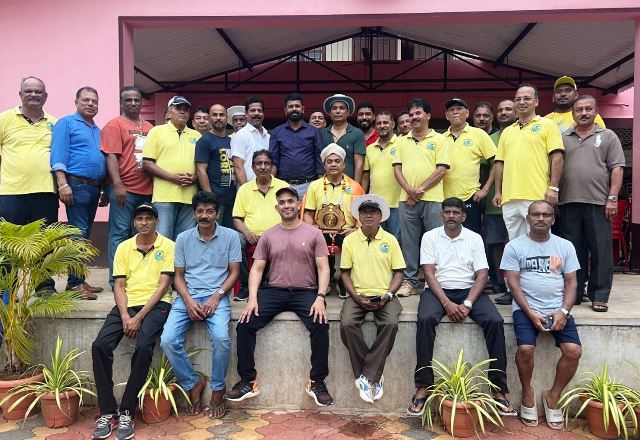
Naturya - Taste of Namma Udupi - Order NOW

New Management takes over Bannur Mutton, Santhekatte, Kallianpur. Visit us and feel the difference.

Focus Studio, Near Hotel Kidiyoor, Udupi


Earth Angels - Kemmannu Since 2023

Kemmannu Channel - Ktv Live Stream - To Book - Contact Here

Click here for Kemmannu Knn Facebook Link
Sponsored Albums
Exclusive
An Open ground ‘Way of the Cross’ observed in St. Theres’s Church, Kammannu. [Live-Streamed]
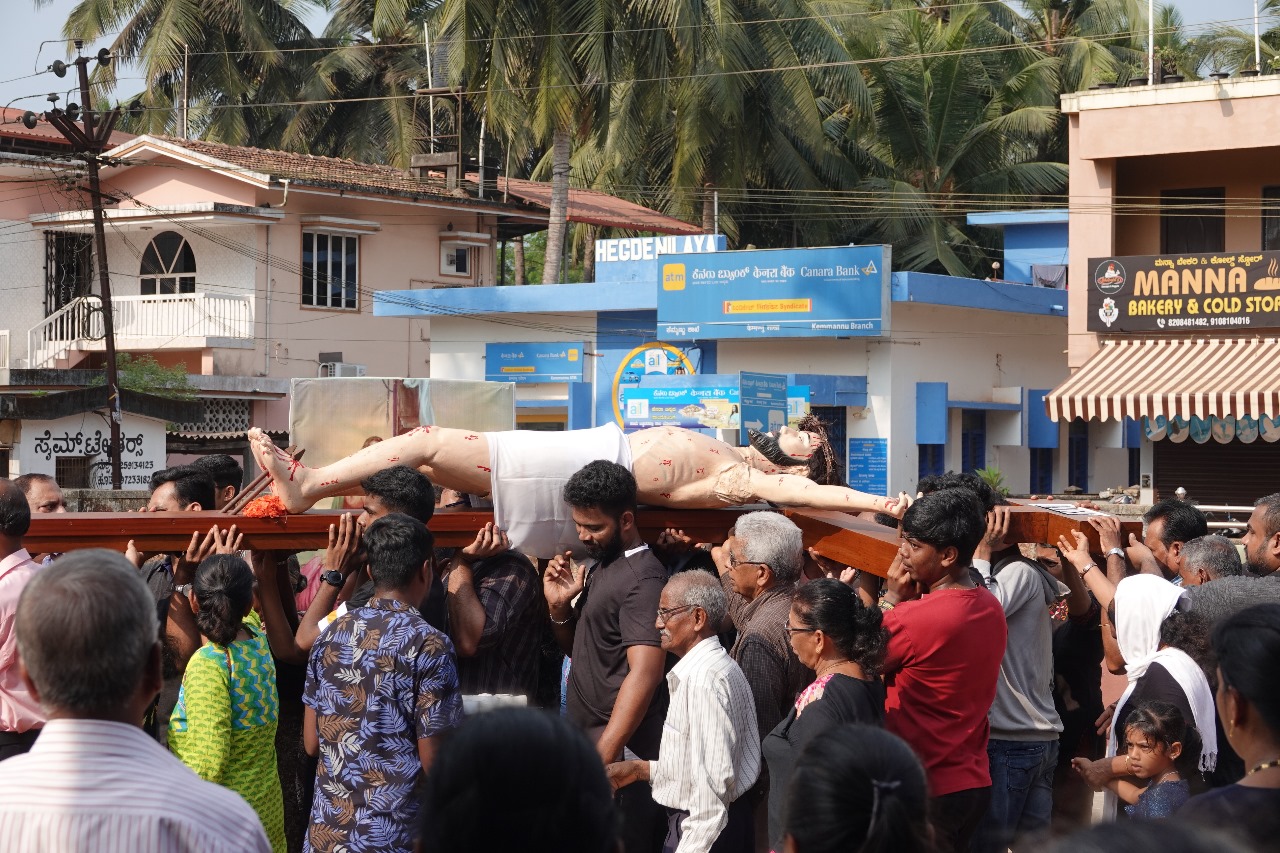
Udupi Bishop Most Rev. Gerald Issac Lobo Celebrates Palm Sunday at Kemmannu Church
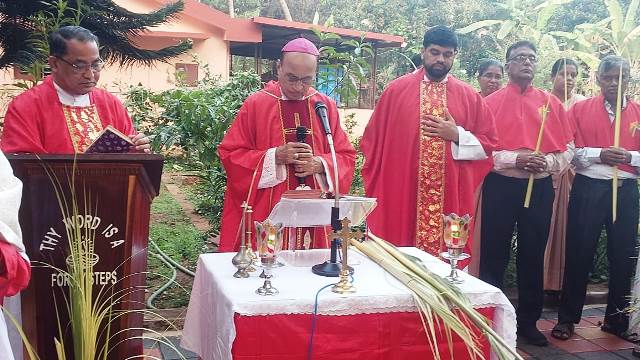
The architect of various Churches, Schools, Hospitals and Colleges….. Msgr Denis Jerome D Souza.
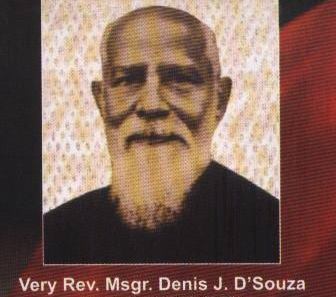
Konknani Writers’ Association Literary Award Conferred on Dr. Gerald Pinto
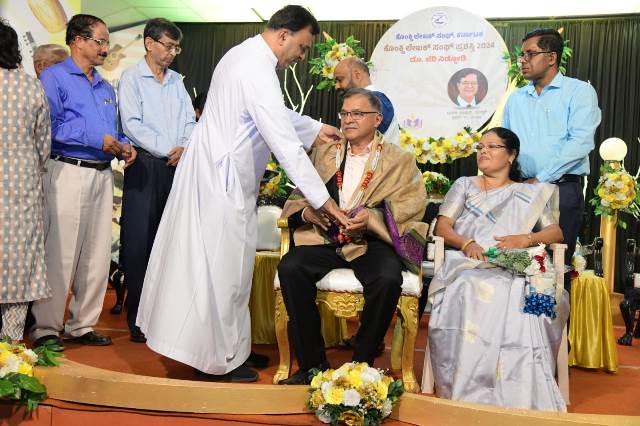
Celebrating Love Across Languages: A Valentine’s Day Special
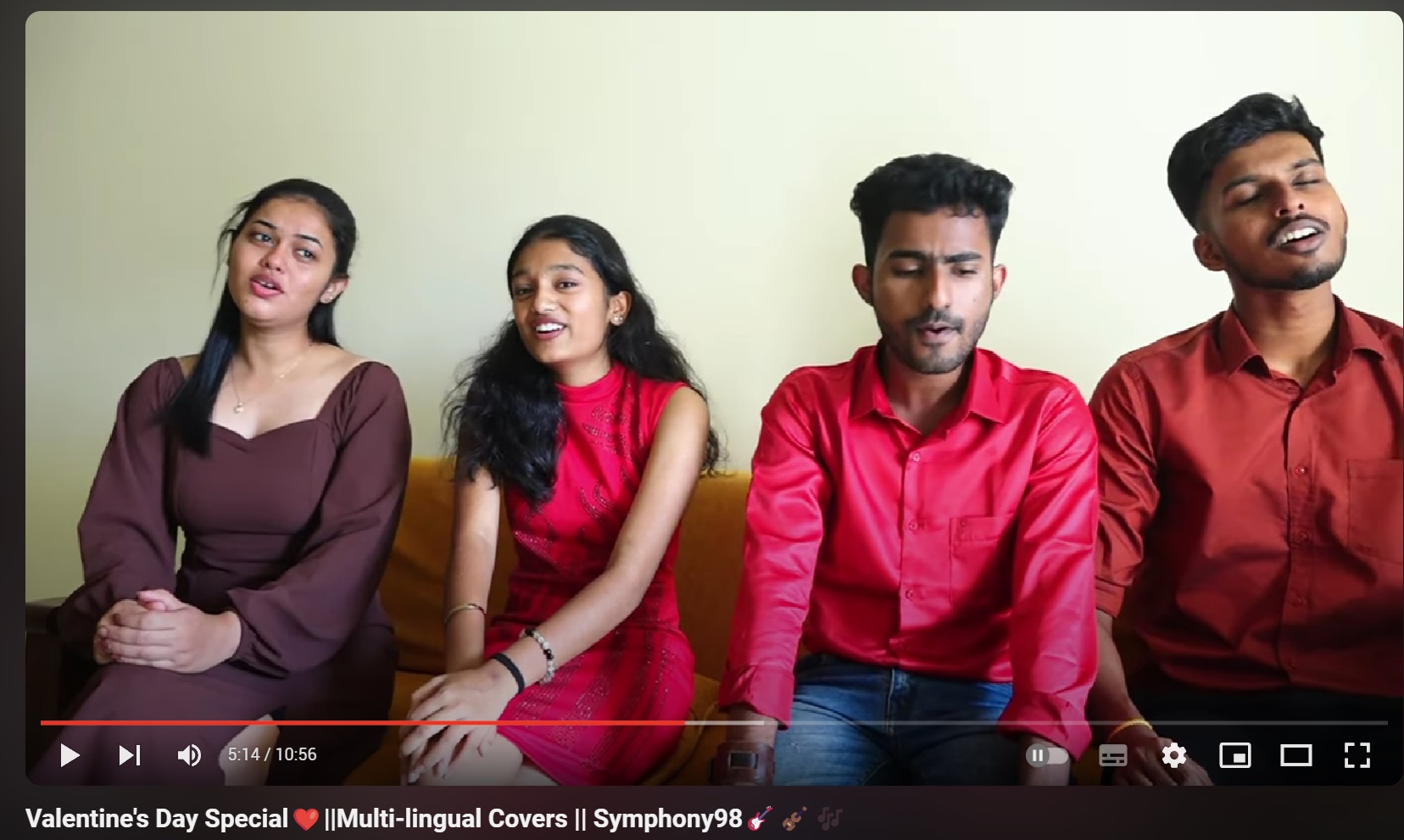
Udupi: Kemmannu.com Journo Richard D’Souza Felicitated by Paryaya Sri, Sri Sugunendra Tirtha Swamiji.
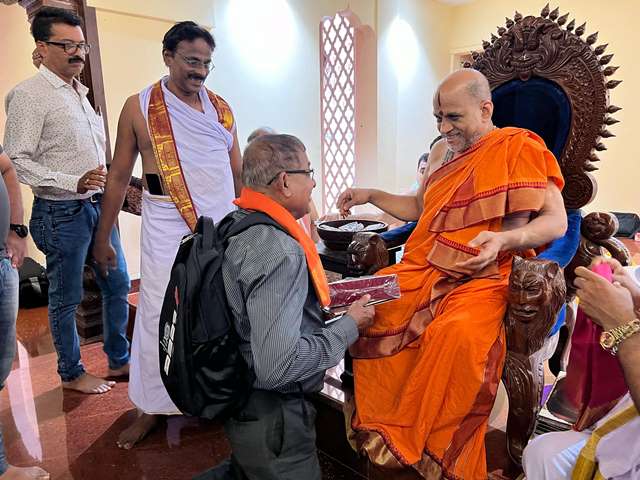
Let the unity of senior players be an example to the youth - Gautham Shetty - Alfred Crasto Felicitation - Match Livestream.
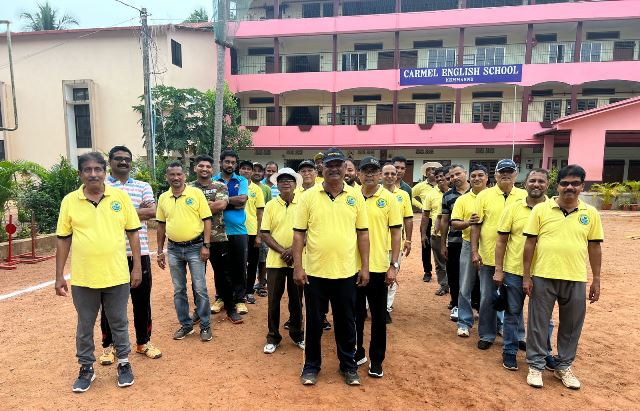
Bali, Indonesia: Royal Singaraja Award to Mangalorean NRI Philanthropist Dr. Frank Fernandes. [Video]
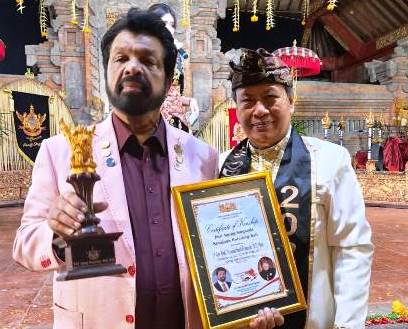
MTC - Milagres towards Community – An Outreach program on 14th December, 2023
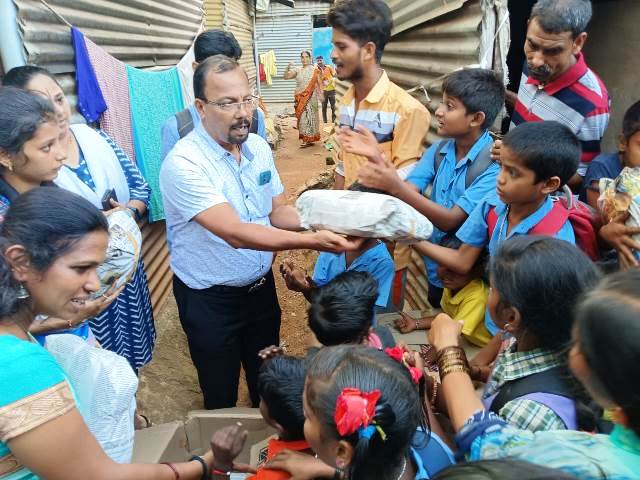
 TODAY -
TODAY -
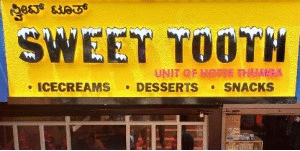
 Write Comment
Write Comment E-Mail To a Friend
E-Mail To a Friend Facebook
Facebook Twitter
Twitter  Print
Print 